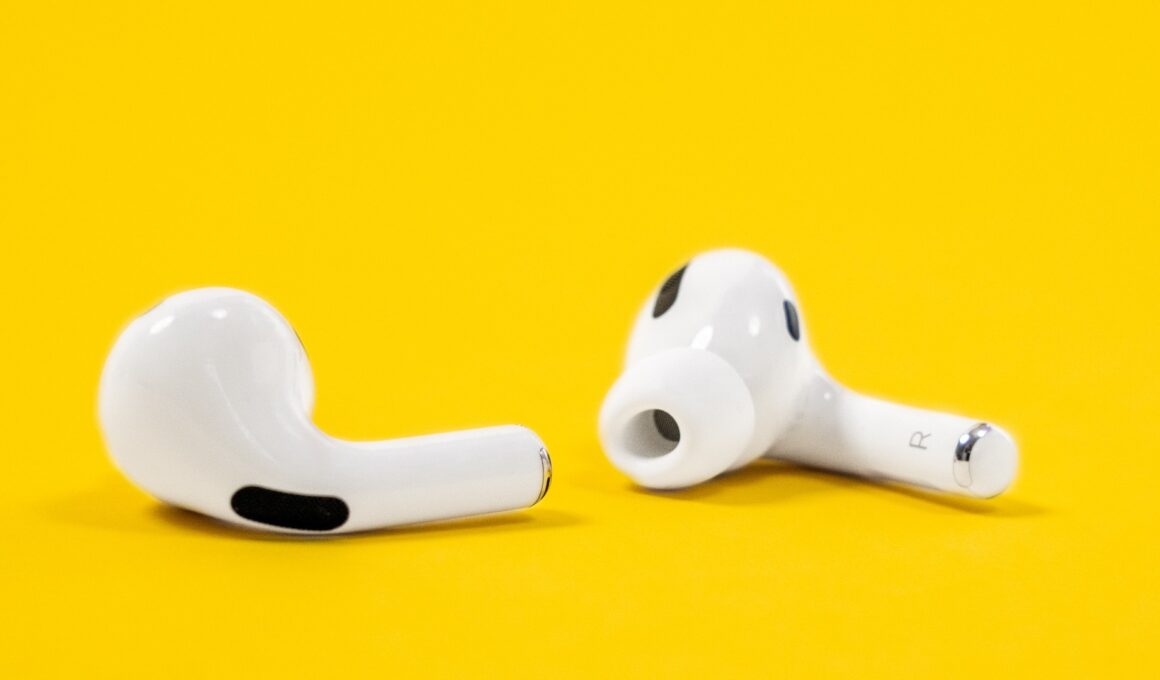That is, is it really a pain in the neck, and causing you distress? If so, you are not alone. A recent study revealed that over 50% of office workers suffer from chronic neck pain, and that many of them attribute this pain to using the telephone.
Does this scenario sound familiar to you? You’re at work, and while you’re on the phone with an important customer, you find that you need to look up information about his account, either on paper or on your computer. Naturally, you can’t do this effectively with one hand holding the phone, so you cradle the phone on your shoulder, with your neck tilted to one side to hold the receiver in place. And you do all this while simultaneously talking, typing, and moving around trying to find the papers you need. Or you’re in the car, and trying to talk on your mobile phone while simultaneously driving, dealing with your kids in the back seat, or turning your head to watch for traffic while doing the same neck-phone juggling act.
Do find yourself doing this? And do you often feel tension or pain in your neck and shoulders at the end of the day? There is a connection. Your neck was designed to be upright, not held to one side in an attempt to hold something in place against your shoulder. These movements are unnatural, and place strain on the muscles of the neck, shoulders, and upper back. Over time this strain can cause repetitive stress injuries that manifest as headaches, neck pain, shoulder and arm pain, and even breathing problems.
So what can I do about this? I still need to use the phone
Fortunately, there are many things you can to do to prevent your phone from becoming a pain in the neck. We’re to some extent a “connected society,” glued to our phones to stay in contact with friends, children, business associates, and others, and there is nothing we can do about that. But we can learn to user our phones more wisely, and thus avoid many of the postural problems that give rise to health problems.
• Become more aware of your posture when you’re on the phone. Studies have shown that people who use handheld phones tend to exhibit poor posture. They slump their shoulders forward, which puts strain on their upper body. When you catch yourself doing this, correct it by sitting upright, with your neck straight (as opposed to being tilted to one side), your head facing forward (as opposed to looking down), and with your shoulders as relaxed as possible. If you are holding telephone receiver in your hand, change hands (and ears) often on long conversations.
• Stretch often during the day. If you’re on the phone a lot, add some simple stretches to your daily routine to help you relieve the tension. Tuck your chin toward your neck, then lean it back, or tilt your head to the right and to the left. Do this gently, and without strain, and hold each position for 10 or more seconds. You can also rotate your neck, rolling your head both clockwise and counterclockwise.
• Use a hands free phone or a headset. If your telephone has a speakerphone or “hands free” function, use it. This allows you to sit with a more normal posture, and at the same time frees your hands free to type or write when taking notes. If you work in a crowded office where using a speakerphone is not appropriate, with most modern phones you can attach a headset or a combination earpiece/microphone to them. By doing this you eliminate the need to constantly hold the phone to your ear.
• Texting can be bad for your neck, too. Because of the prevalence of mobile phones, many of us now send more text messages than we spend actually talking. If you find yourself doing this, again try to pay attention to your posture as you text. Most people read and write texts while sitting, with the phone in their laps or on a desk, looking down at it. This unnatural position is becoming such a problem that doctors and chiropractors have had to come up with a name for the condition it causes – “text neck.” To avoid it, sit more upright, with the mobile device held or positioned higher, closer to eye level, so that you don’t have to constantly bend your neck to look down at it.
• Use earphones or earpieces on your mobile phone. Since these days we use our mobile phones as often as we use our office phones, don’t forget them as a potential source of neck problems. Using an earphone or earpiece on your mobile allows you to keep your hands free, and to walk and move around normally, avoiding uncomfortable postures that place strain on your neck.




